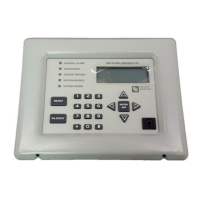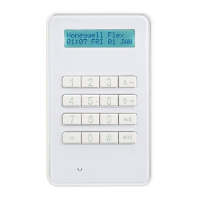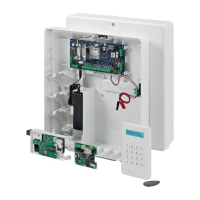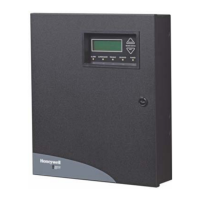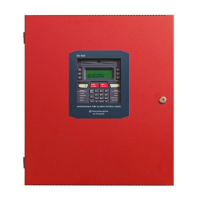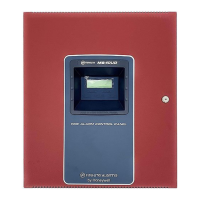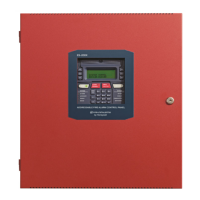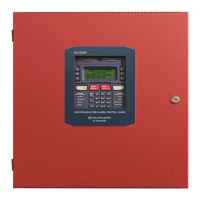IFP-75/IFP-75HV Installation/Operation Manual — P/N LS10147-001SK-E:D 06/25/2021 91
Zone Programming
Heat Detector Sensitivity
Use this feature to set the temperature so that high temperature detectors will respond. All detectors in the zone will respond in the same way.
• The range for the SD505-HEAT heat detector is from 135°F to 150°F.
• The range for the IDP-Heat-HT heat detector is from 135°F to 190°F.
The SD505-HEAT and IDP-Heat-HT heat detectors are absolute temperature devices. This means that they respond to an alarm immediately
if the temperature in the zone goes above the programmed temperature.
1. Enter the temperature at which the heat detector will respond. Or use the up or down arrow keys to scroll through the range.
2. Then press ENTER.
Smoke Detector Sensitivity
All detectors in the zone will respond as programmed in this Menu location.*
3. Use the up or down arrow to scroll through the options, then press ENTER.
Zone Accessory Options
1. Do Steps 1 through 5 of Section 9.3.1.
2. Press 3 to edit the Zone’s Accessory options.
3. For Single or Multi-Station cadence pattern (choose from Patterns 00 to 02, 23 if using IDP or SK. Choose from 00-16, 23 is using SD
devices).
See Appendix D.CO Single and Multi-Station Cadence (choose from Cadence Patterns 00 to 02, 23 for IDP or SK devices)
4. For Local Zone, (choose Y or N, for Yes or No).
NOTE: Drift compensation is automatic for all smoke detectors (photoelectric and ionization). The feature is always in effect, no programming
is required. See Section 10.4.11 for information about how to check if a detector is in UL compliance.
Detector
Protocol
Type of Smoke
Detector
Choices Comments
SD SD505-PHOTO Low (3.5% obscurity) If the day/night sensitivity option is selected, you can have different sensitivity settings
during the day and at night. You can determine the days of the week that Day/Night
Sensitivity will automatically adjust. You can also designate specific days as Holidays.
Holiday and weekend days use night sensitivity for the entire day
Medium (2.5% obscurity)
High (1.5% obscurity)
SD505-DUCT&
SD505-DUCTR
Fixed Low, Medium and High settings have no effect for photoelectric duct detectors.
Photoelectric duct detector sensitivity is always 1.1% per foot. Day and night settings
also have no effect on these detectors.
SD505-DUCT&
SD505-DUCTR
Fixed Low, Medium, or High settings have no effect for ionization duct detectors. Ionization
duct detector sensitivity is always 75 MIC (0.8%) regardless of Low, Medium or High
setting. Day and night settings also have no effect on these detectors.
IDP IDP-PHOTO,
IDP-ACCLIMATE&
IDP-PHOTO-T
Low (3.5% obscurity) If the day/night sensitivity option is selected, you can have different sensitivity settings
during the day and at night. You can determine the days of the week that Day/Night
Sensitivity will automatically adjust. You can also designate specific days as Holidays.
Holiday and weekend days use night sensitivity for the entire day
Medium (2.5% obscurity)
High (1.5% obscurity)
DNR with
IDP-PHOTOR or
IDPPHOTO
Low (2.5% obscurity)
Medium (2.0% obscurity)
High (1.5% obscurity)
SK SK-Photo,
SK-Acclimate, & SK-
Photo-T
Low (3.5% obscurity) If the day/night sensitivity option is selected, you can have different sensitivity settings
during the day and at night. You can program the days of the week that Day/Night
Sensitivity will automatically adjust. You can also designate specific days as holidays.
Holiday and weekend days use night sensitivity for the entire day.
Medium (2.5% obscurity)
High (1.5% obscurity)
DNR with
SK-PhotoR or Photo
Low (2.5% obscurity)
Medium (2.0% obscurity)
High (1.5% obscurity)
Table 9.3 SD & IDP Detector Sensitivity Choices*
NOTE: Automatic drift compensation is always in effect for all detectors. See Section 10.4.11 for information on how to check if
a detector is in compliance.
NOTE: If the SLC protocol is changed from IDP/SK to SD and a zone's sensitivity is higher than the SD limit, the zone sensitivity will be set to
the max value, 150, for the SD family.
NOTE: The B200S-WH / IV Sounder base provides the recommended CO cadence pattern.
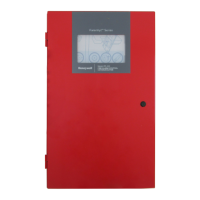
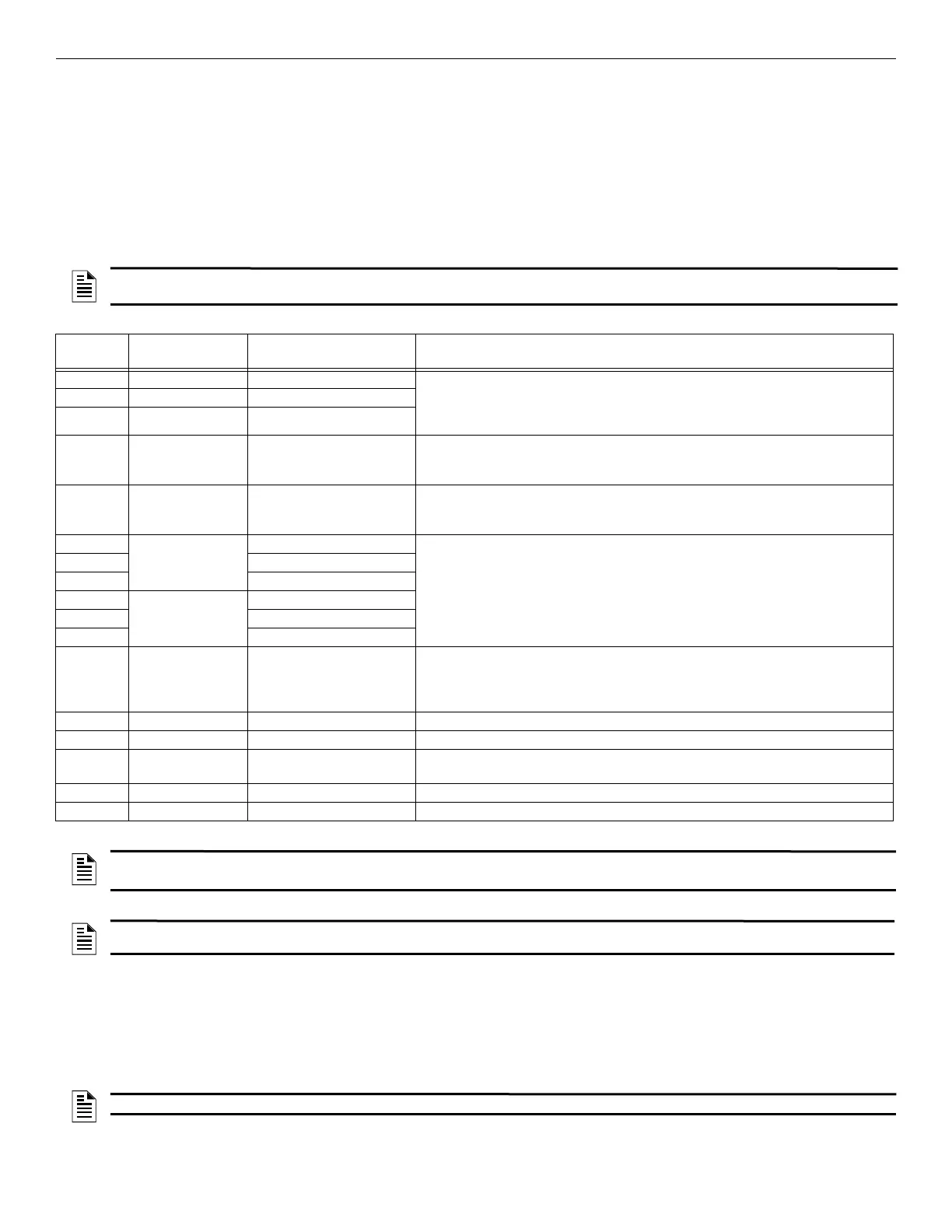